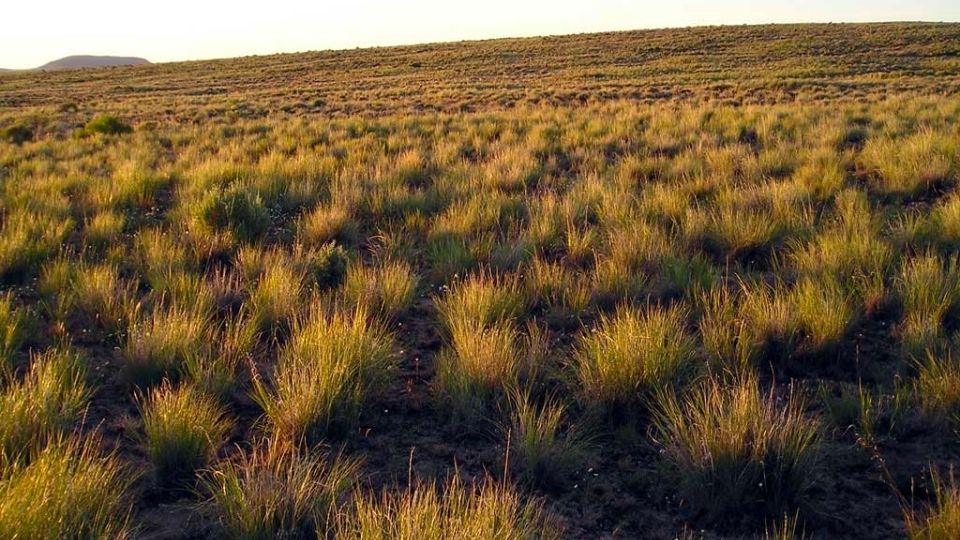Bunchgrass

In 1944 L.A. Stoddart, with the Agricultural Experiment Station of Utah State Agricultural College, conducted studies on a foothill range near Logan, Utah to determine physical and chemical responses of bunch wheatgrass, Agropyron spiceatum (also known as bluebunch wheatgrass Pseudoroegneria spicata), to clipping at various dates and intensities. The study was meant to simulate grazing.
In northern Utah, grazing bluebunch wheatgrass during the month of May is detrimental to the total yield and sustainability of the plant. Earlier grazing is less harmful and later grazing becomes progressively less harmful. When the same plants were clipped 1-inch once a week from mid-April to early May, they had 100% sustainability and higher yield than any other treatment. However, actual grazing in early spring may damage plants if soils are saturated and compacted by cattle. Stoddart concluded that any repeated system of close grazing causes damage because it reduces the ability of plants to photosynthesize.
Protein and phosphorus declined over the growing season as the grass matured, but lignin increased likely causing a decrease in forage digestibility.
These studies suggest grasses should be grazed light in the spring either by reduced livestock numbers or using a deferred rotation system where normal growth is permitted throughout the spring at least each third year. Deferring grazing until grass is 4-6 inches high, as is often suggested, is not the solution, since grazing can damage bluebunch wheatgrass at this stage of growth. Less intensive utilization appears of much greater importance than timing.
Similar findings and additional information can be found on the USDA website: http://plants.usda.gov/factsheet/pdf/fs_pssp6.pdf

